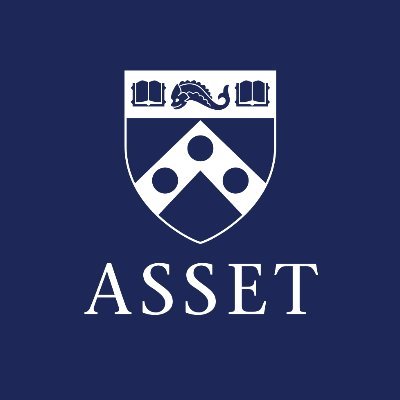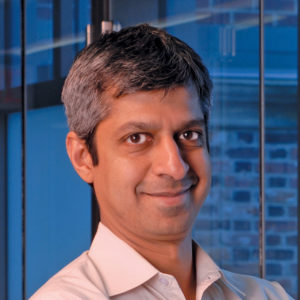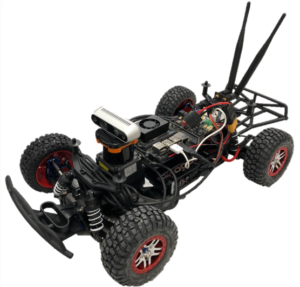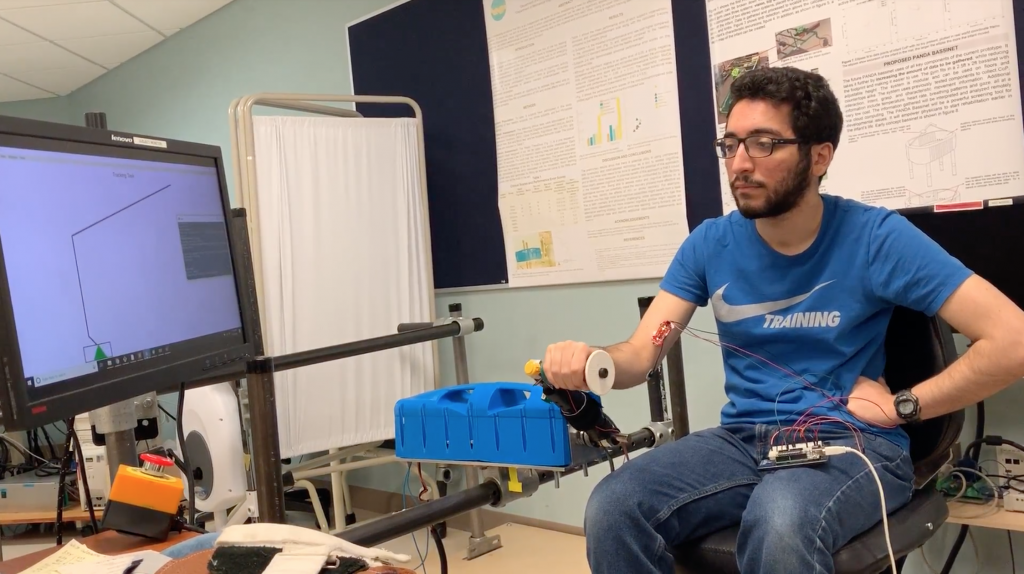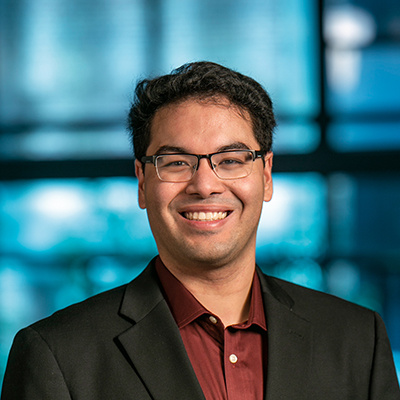
Many students and faculty alike may recognize the face above as Osbert Bastani. Well that’s because this Assistant Professor is not a new member of the Penn Engineering team. Osbert joined the Computer and Information Science Department as a Research Assistant Professor in 2018 specializing in programming languages and machine learning.
“Penn has a great group of faculty working on interesting research problems, and they are all incredibly supportive of junior faculty. I’ve been fortunate enough to collaborate with Penn CIS faculty in a range of disciplines, from programming languages to NLP to theory, and I hope to have the chance to collaborate with many more.” (Osbert Bastani)
Osbert actually began his research career in programming languages. This major challenge in this research is “verifying correctness properties for software systems deployed in safety-critical settings.” He explains that because machine learning is progressively being incorporated into these systems, it has become a greater challenge facing verification. In his research, he is tackling this overarching question; “How can one possibly hope to verify that a neural network guiding a self-driving car correctly detects all obstacles?” While there has been progress made in trustworthy machine learning, there is still a long road ahead to finding solid solutions.
His enthusiasm in working with the Ph.D. students on various topics and research projects is what he has looked forward to most as he entered into this new role in his teaching career at the start of this Fall semester. Since the school year began, he has been teaching Applied Machine Learning (CIS 4190/5190) with Department Chair, Zachary Ives. When asked about how the semester is going Osbert replied:
“I’ve been very fortunate to have strong students with very diverse interests, meaning I’ve had the opportunity to learn a great deal from them on a variety of topics ranging from convex duality for reinforcement learning to graph terms in linear logic. An incoming PhD student and I are now learning about diffusion models in deep learning, which are really exciting!” (Osbert Bastani)
While teaching, Osbert is also involved in several research projects that are dealing with trustworthy machine learning within real-world settings. One project that raises several questions about fairness and interpretability includes “building a machine learning pipeline to help allocate limited inventories of essential medicines to health facilities in Sierra Leone.” In addition, during a summer internship at Meta, one of Osbert’s students has been in the process of “developing deep reinforcement learning algorithms that can learn from very little data by pretraining on a huge corpus of human videos.”
Osbert Bastani wears many hats in the CIS Department. Not only is he involved in teaching and research projects with students, he is also a member of several groups within the department. Those include PRECISE, PRiML, PLClub, and the ASSET Center and he encourages all students to attend the seminars that each club holds and get the opportunity to learn about research in their areas or outside of their own.
Just as Osbert works to problem solve within the classroom and in his research, he does just about same outside of work as well! He expresses that he is an avid board game player and frequents the restaurant just down the street from Penn called “The Board and Brew”. He and his wife have played through the restaurant’s entire collection of the game “Unlock!”. The Board and Brew has great food and several hundred games to choose from. It is highly recommended by Osbert himself!
